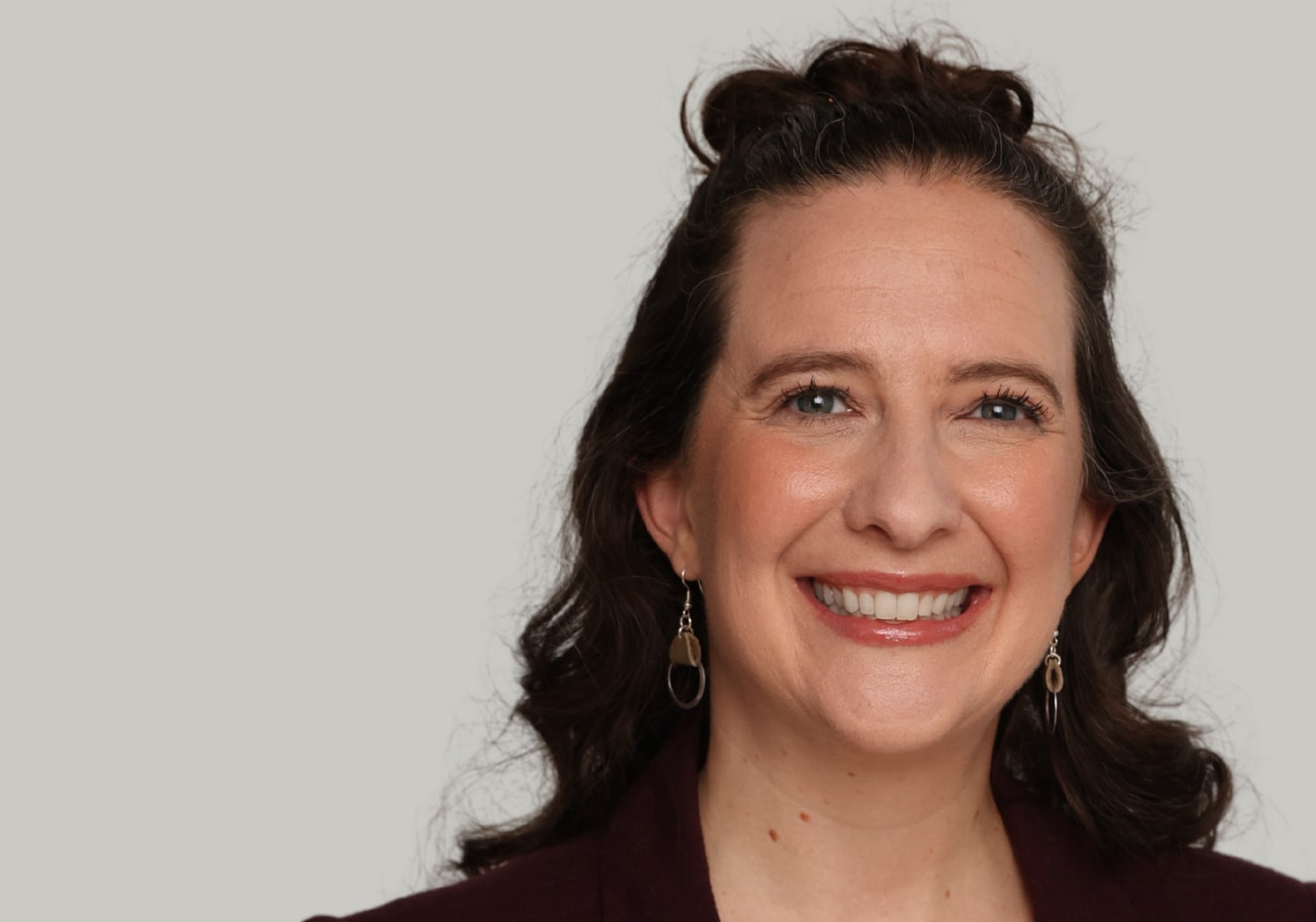ELVTR
COURSES
ANDREW WINGERT
EXHIBITIONS MANAGER AT PACE GALLERY
EXHIBITIONS MANAGER AT PACE GALLERY
23 MAR 2026 – 29 APR 2026
ANNA BETHKE
DIRECTOR OF DATA SCIENCE & ETHICAL AI AT INCLUDED AI, EX-SALESFORCE
DIRECTOR OF DATA SCIENCE & ETHICAL AI AT INCLUDED AI, EX-SALESFORCE
18 MAR 2026 – 29 APR 2026
JENN ROGIEN
EMMY-WINNING COSTUME DESIGNER & STYLIST
EMMY-WINNING COSTUME DESIGNER & STYLIST
18 MAR 2026 – 17 APR 2026
TOM FEISTER
EISNER AWARD-WINNING COMIC BOOK ARTIST, ILLUSTRATOR, AND CHARACTER DESIGNER
EISNER AWARD-WINNING COMIC BOOK ARTIST, ILLUSTRATOR, AND CHARACTER DESIGNER
11 MAR 2026 – 11 MAY 2026
TONY DING
HEAD OF ENGINEERING, AGENTIC DEVELOPMENT & EVALUATION AT GOOGLE
HEAD OF ENGINEERING, AGENTIC DEVELOPMENT & EVALUATION AT GOOGLE
11 MAR 2026 – 29 APR 2026
ADRIAN CHAN
LED AWARD-WINNING CREATIVE WORK AT OGILVY NY, EARNING TOP HONORS INCLUDING A D&AD YELLOW PENCIL, SUPER CLIO, GREEN PENCIL, AND A WEBBY FOR GOOD
LED AWARD-WINNING CREATIVE WORK AT OGILVY NY, EARNING TOP HONORS INCLUDING A D&AD YELLOW PENCIL, SUPER CLIO, GREEN PENCIL, AND A WEBBY FOR GOOD
10 MAR 2026 – 16 APR 2026
JESSE ANDRIST
DIRECTOR OF DATA & ANALYTICS, HOSPITAL PRACTICE, MAYO CLINIC ROCHESTER
DIRECTOR OF DATA & ANALYTICS, HOSPITAL PRACTICE, MAYO CLINIC ROCHESTER
4 MAR 2026 – 20 APR 2026






